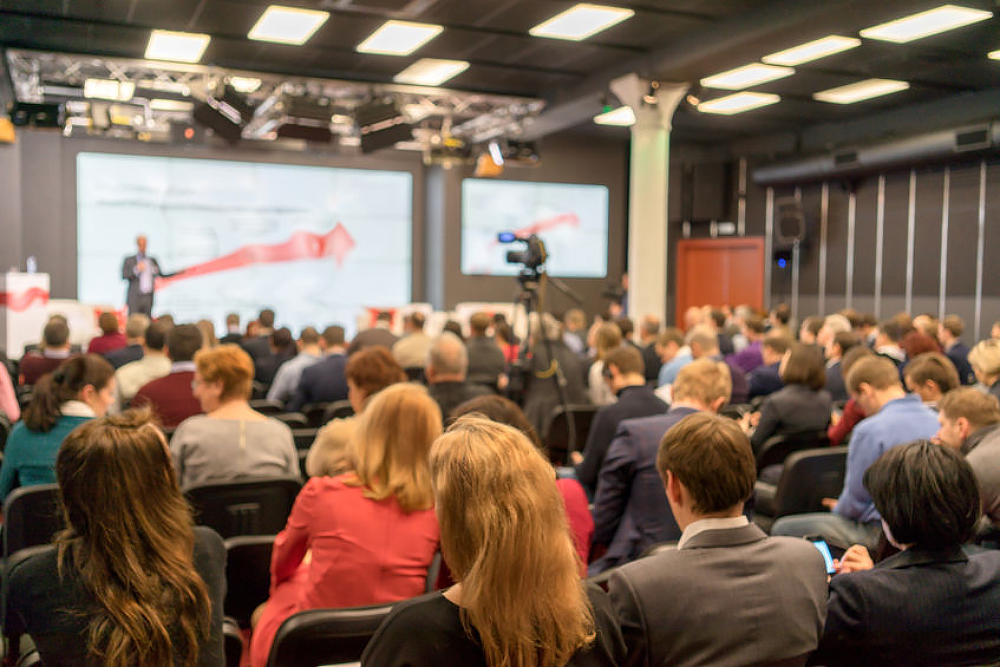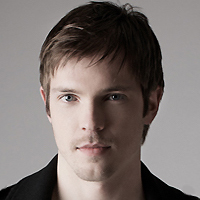Recently I was working a large corporate event. I was only there as the monitor engineer for one of the bands that was part of the show and not running the entire audio program, but the experience was enough to remind me of several points that have become almost universal truths every time that I deal with “corporates.”
Get ready to explain basic audio concepts several times to several people. Working with bands and tech crews becomes faster and efficient through time as we learn and even develop a common language. It’s like a shorthand for fast communication that allows us to talk less, understand each other more quickly, and be about our tasks as efficiently as we can.
The underlying baseline that makes this possible is the fact that you expect people in the business to know and understand the basic concepts of audio, lighting, pyro, and stage management.
And when I say “basic” I really mean it, including things like: there are cables running on stage between the artists, mixing consoles, loudspeakers and other gear; the PA system is very difficult to move once it is set up; live drums are pretty loud and so are the guitar amps of a rock band, and so on.
We don’t need to explain this to anyone who’s working in pro audio. However, when you start meeting people from companies who want to organize an event for some notable or special occasion, you’re not speaking to a person in the production industry.
It’s my estimate that eight out of 10 times, the person in charge of the event is a public relations expert or a social media adviser that just received this assignment and is now faced with a lot of technical coordination. In other words, they don’t have a clue about how these things work from a production tech standpoint.
So when meeting these folks, be sure to explain any technical concept to them as clearly and politely as possible. It results in better overall communication from the outset, which in turn can mean avoiding some irrational demands later in the process and overall making the project easier.
There will be a lot of meetings, and they’re a good chance to be proactive. I think it was the writer Dave Barry who once stated: “Meetings are the single reason why humanity will never live up to its full potential.” And to be honest, I’ve never done a corporate event of any kind that did not digress from what was agreed upon in the pre-event planning meetings when it came down to the actual execution.
But these meetings are also a great chance to smooth out some kinks because they usually involve all technical crews at once. If these situations, I suggest focusing on making connection points with other departments. Ask video people how they want their audio interfaced with your system. Ask lighting people about the PA placement and how it might interfere with their design. Work out schedules for load-in and load-out that maximize efficiency and setup times.
Most importantly, introduce yourself, get their contacts and make sure they have yours. There may not be a tech-savvy coordinator working the event, so it’s best that the tech crew work out key junction points and timing details amongst themselves. The job is to keep the workload low for the coordinator, and most importantly, keeping the client happy.
Corporate events are a waiting game. There will be schedules and scripts, and then there will be revisions of schedules and scripts. About a day before the event, there will be the final revision of the schedule and the script. When you turn up, realize that these details usually serve more as guidelines than rules set in stone.
The people formulating them often don’t know how long something in tech world takes, or they tend to discard the basic principles of physics, such as the fact that an act cannot magically appear on stage – there must be sufficient time allocated for them to get there and set up.
The “final final” version of the schedule and script will usually be made usually on the spot. Just be prepared to work under two different mindsets: waiting and rushing.
Audio is low on the priority list. Corporate events are mainly visual affairs. They’re about logos, keynote addresses, lighting, video, catering, seating charts, wardrobe, banners, flowers, CEOs, invited guests, mingling, business, gossip… and then audio.
Be ready for questions that you may not hear otherwise: “Do we have to have these microphones here?” “Do these speakers really have to be in the room?” “Can you move the PA system between acts?” “Do you have smaller/white/transparent speakers because these are too visible?”
Particularly if you’re the audio provider for the event and not onboard as a freelancer, there are some measures you can take to be more in tune with the visual aspect of the event.
Fabric can be employed to tastefully drape loudspeakers and stands. There are stretchy fabric stand covers readily available or you can design and make your own (black and white options have top priority). Select visually appealing (usually black) mic stands (in other words, ones that aren’t scratched, covered in tape, and/or rusty). The shoddier ones might be OK for a hi-hat mic but absolutely not for a CEO of a company that pays your fee.
If you have quality wireless mic systems, use them. The fewer cables the client sees, the better. However, be sure to do the homework on frequency coordination. And be very mindful of cable management; from the outset, make sure that cable runs are as “invisible” and neat as possible.
Dress for the occasion. Corporate events are much more about appearances and the visual than club shows, festivals and even arena concerts. If at any point you must appear on stage and/or be in the audience, whether it be to bring out a mic or to mix from the seats, it’s best to blend in as much as you can.
It happens too often: classy show, crowd in fancy attire, some luminary on stage about to speak – and the tech adjusting the mic stand is wearing a Sex Pistols T-shirt, ripped jeans and worn-out sneakers. That’s a big no-no, and I’ve seen people lose work as a result.
The role at corporate events is that of a stealthy ninja – not noticed by anyone. An ironed black shirt, black pants, and black shoes are mandatory for anyone visible to the audience.
The upside of doing audio for corporate events can be long-term engagements, because clients and agencies like to work with the same team. If you’ve done a great job and they’re comfortable with you, they’re likely to ask you back. For the same reason, there’s a lot of competition in this marketplace, so hopefully these observations can help you gain a foothold in the market – and keep it.















